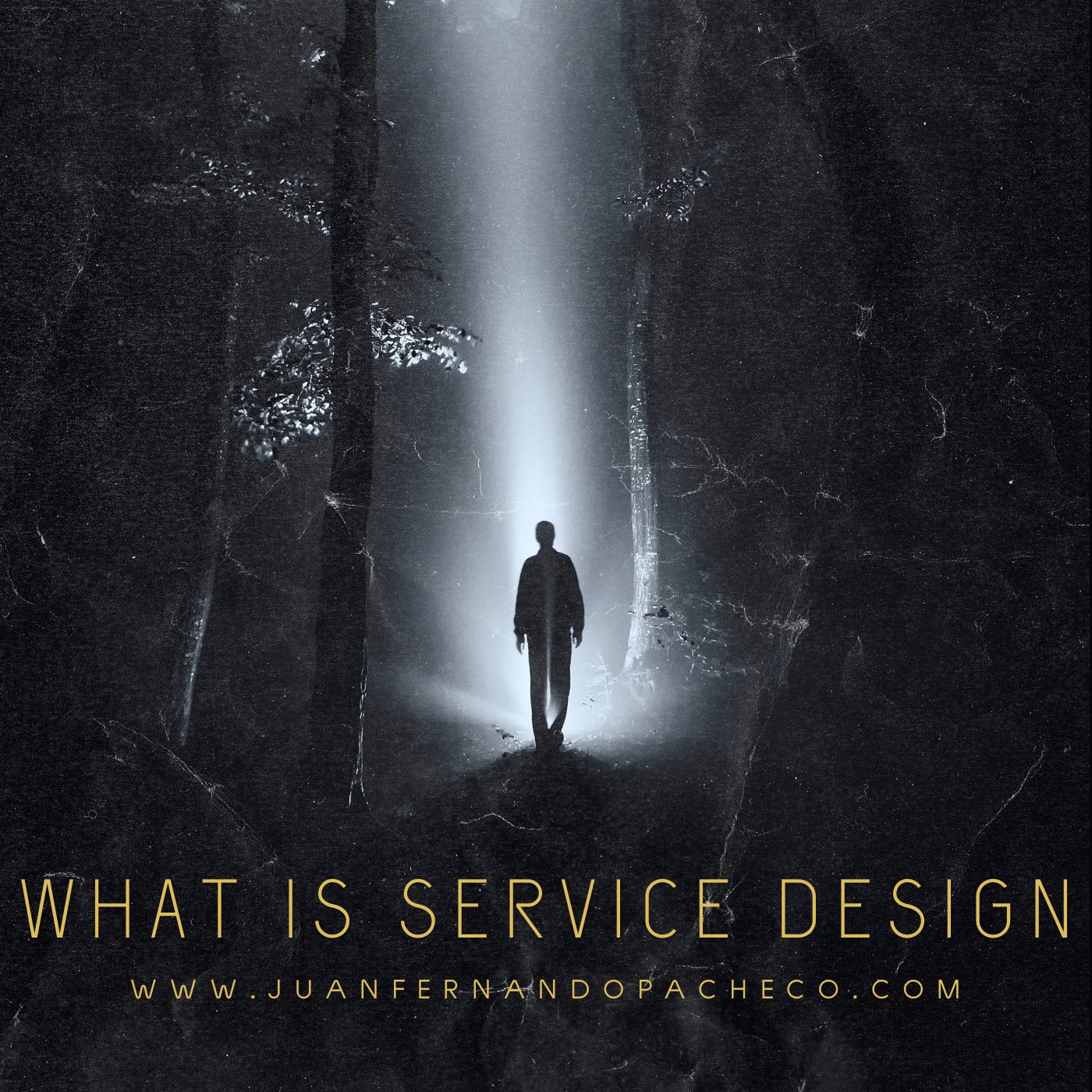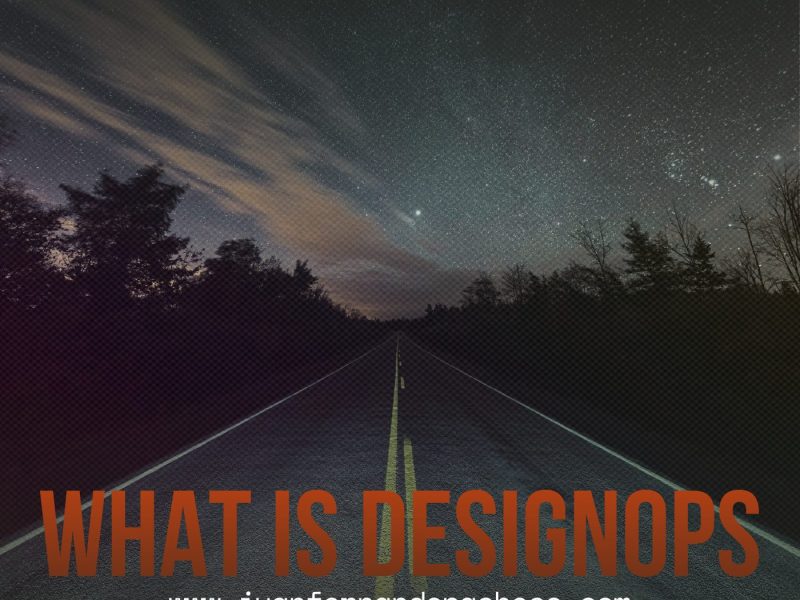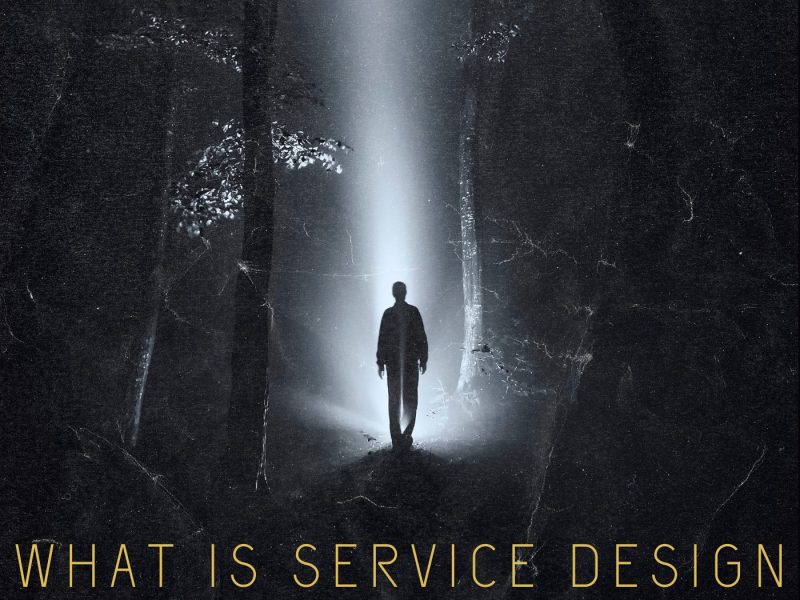Why Product Design is More Than Just Pretty Pictures
Beyond the Surface
When you hear “product design,” what comes to mind? Maybe sleek gadgets, stylish furniture, or beautiful apps? While aesthetics are certainly part of it, diving into the world of product design reveals something far deeper and more fascinating. It’s not just about making things look good; it’s fundamentally about problem-solving and understanding people on a profound level.
Imagine you have a stack of articles, guides, and real-world examples – from development best practices to advice for sellers on a massive online marketplace. What ties them all together? The answer that keeps surfacing is user centricity. This idea – putting the person who will use the product at the very heart of the design process – is the common thread that weaves through every aspect of product design.
It’s a journey that goes way beyond picking colors and fonts.
At its core, product design is about creating things that solve real problems and meet genuine needs, in a way that is functional, of course, but also, as one source put it, “delightful.” Achieving that delight requires a structured approach, typically involving several key phases.
- The process often begins with extensive research and market analysis. This initial step is crucial because it’s all about truly knowing your potential users and understanding the landscape you’re designing within. Learning a single key insight from user interviews can be a total game-changer for a product.
- This research directly informs the next phase: defining the problem. You can’t possibly find the right solution if you haven’t clearly nailed down exactly what challenge you are trying to address.
- Once the problem is defined, designers move on to coming up with solutions and prototyping. This is where creativity sparks, but it’s also highly practical. Prototyping isn’t limited to physical objects; for digital products, it can range from simple sketches illustrating user flow to interactive mockups you can click through. The goal? To test your ideas early and often before investing significant time and money into final development.
Prototyping naturally leads into testing and evaluation.
This isn’t a one-time checklist item; testing needs to happen continuously throughout the entire design process. It’s about making sure that what you’re building actually works as intended and solves the problem you set out to solve. Being open to feedback and willing to change, even late in the game, can make or break a product’s success.
Based on testing and feedback, the design enters a phase of refinement, where tweaks and improvements are made. Finally, the product reaches finalization, ready for launch. However, the best designers understand that this isn’t truly the end. The process is iterative, more like a circle than a straight line. You’re always learning from how users interact with the product and looking for ways to make it even better, keeping it evolving. It’s like a dance, constantly responding to changes.
Beyond these phases, several key principles underpin great product design.
One fundamental concept is that form follows function. An app might be visually stunning, but if its navigation is a nightmare, users will abandon it quickly. Usability and functionality are paramount; a product must work well before its appearance matters.
Another critical aspect is balancing innovative, “pie-in-the-sky” ideas with what’s technically feasible. Product design involves finding that sweet spot between groundbreaking concepts and what can actually be built given available technology, budget, and resources. Sometimes, you have to adapt your vision to make something awesome that’s also doable.
While function is king, aesthetics do matter.
But not just for the sake of being pretty. How a product looks should serve a purpose, reinforcing brand identity and creating a visual connection with the user. Think of it as strategic eye candy – design that communicates, evokes emotion, and aligns with the brand message, like a company known for sleek, minimalist design.
The principles of product design aren’t confined to tech startups or giant corporations. They apply everywhere. Even something as simple as a coffee cup involves design considerations – its purpose, materials, how it feels in your hand, its visual appeal. Someone thought about the user when designing it.
Large companies like Facebook and LinkedIn constantly apply these principles.
- Facebook iterates on its newsfeed algorithm based on user behavior, balancing engagement with avoiding manipulative practices.
- LinkedIn uses AB testing, showing different versions of features to user groups to see which performs better – essentially a science experiment for design to improve user experience. This constant testing and iteration, rooted in user needs, is key to their evolution.
Product design also plays a significant role in areas like e-commerce.
For sellers on crowded marketplaces, design can be a huge differentiator. Well-designed packaging can make a product seem more valuable. The user experience, especially for digital products related to shopping, can win over customers; an intuitive, smooth checkout process versus a clunky, frustrating one makes a real difference. Design reflects the care and thought put into a product, and the details matter. Storytelling through design, aligning design choices with brand values, can also create powerful connections with customers.
Innovation in product design isn’t always about inventing something entirely new.
Often, it’s about taking what already exists and making it better – more efficient, easier to use, or even more beautiful. This perspective shows that anyone can make a difference through design by focusing on improvement.
The field is also shaped by evolving trends.
- Minimalism offers simplicity in an age of information overload.
- Accessibility is gaining crucial importance, ensuring products are usable by everyone, which is not only ethical but also expands the market.
- Sustainable design considers the entire life of a product, from materials and production to disposal, reflecting growing environmental awareness. Product design is increasingly playing a role in shaping a more sustainable future.
For those aspiring to enter this field, the path requires dedication.
Building a strong portfolio showcasing actual projects – even personal ones, contributions to open source, or volunteering – is essential. Networking with other designers and industry professionals opens doors. It’s a competitive but growing field, with opportunities for those willing to learn, keep up with trends, master new software, and constantly sharpen their skills. Developing a “design eye” – that instinctual understanding of what works and why – comes from practice, observation, and exposure to good design.
Becoming a successful product designer takes talent, hard work, and a genuine love for the craft. It’s a rewarding career where you get to solve problems, influence how people interact with technology, and potentially make a positive impact on the world.
Conclusion
Looking around, product design is everywhere, influencing our experiences in countless ways. It’s a fascinating mix of creativity, problem-solving, empathy, and psychology. Next time you use an app, hold a product, or visit a website, take a moment to consider the design behind it. Ask yourself why certain elements work or don’t work, what makes the experience enjoyable, and how the design influences your actions and feelings. You might just start seeing the world differently.


